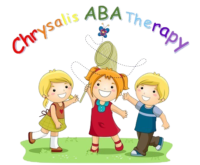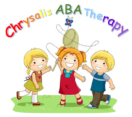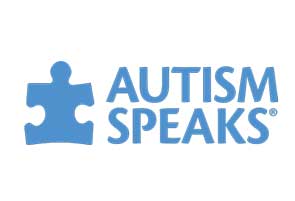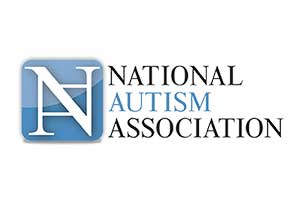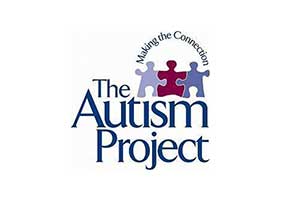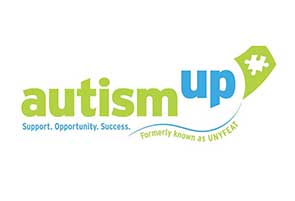- Learn all you can about autism
- Get a strong social network
- Teach your family and friends about autism
- Review to recommended autism treatment options
- Learn more about behavioral training
- Assess your child’s need for medical support and needs
- Learn more about diet changes
- Use caution with unproven therapies for Autism
- Plan time for breaks
- ENJOY EVRY MOMENT WITH YOUR CHILD!!!
- Use Task Analysis –very specific, tasks in sequential order.
- Always keep your language simple and concrete.
- Teach specific social rules/skills, such as turn-taking and social distance.
- Give very clear choices and try not to leave choices open ended. You’re bound to get a better
- result by asking “Do you want to read or draw?” than by asking “What do you want to do now?”
- Give simple instructions and support needed for completion.
- Avoid using idioms. “Put your thinking caps on”, “Open your ears” and “Zipper your lips”
- Providing a very clear structure and a set daily routine including time for play).
- Teaching what “finished” means and helping the student to identify when something has finished and something different has started.
- Providing warning of any impending change of routine, or switch of activity.
- Make eye contact first and go to child’s level.
- Using various means of presentation – visual, physical guidance, peer modeling, etc.
- Recognizing that some change in manner or behavior may reflect anxiety (which may be triggered by
- Not taking apparently rude or aggressive behavior personally; and recognizing that the target for the pupil’s anger may be unrelated to the source of that anger.
- Avoid overstimulation and provide breaks. Minimizing/removal of distracters, or providing access to an individual work area or booth, when a task involving concentration is set.
- Allowing some access to obsessive behavior as a reward for positive efforts.

